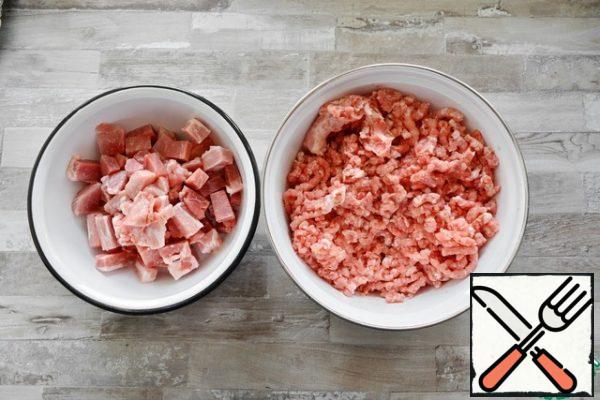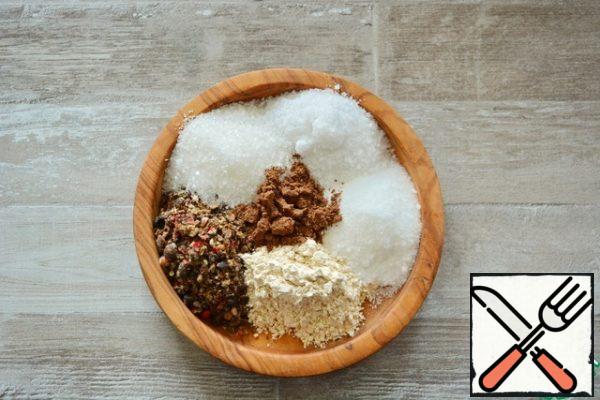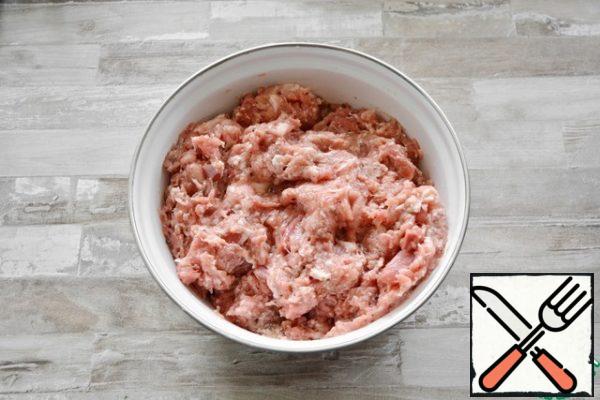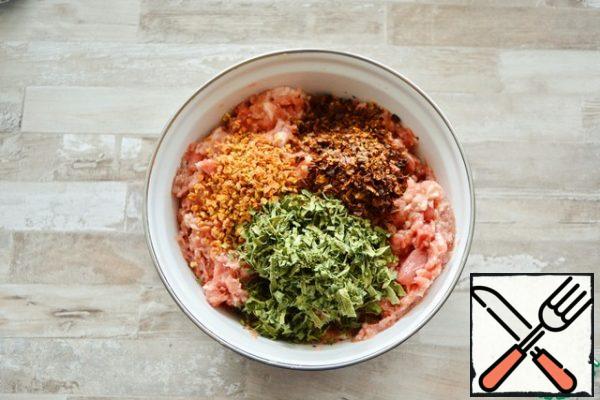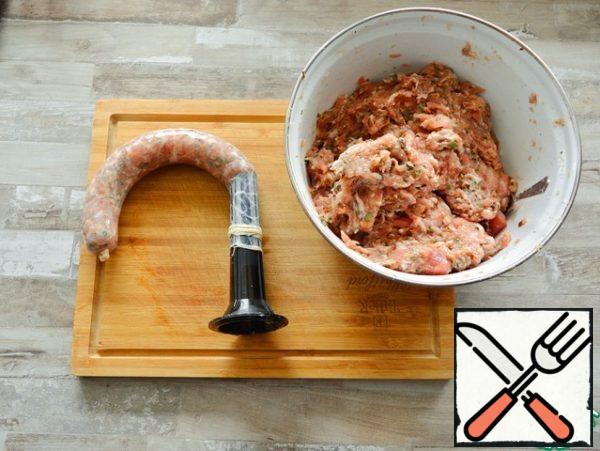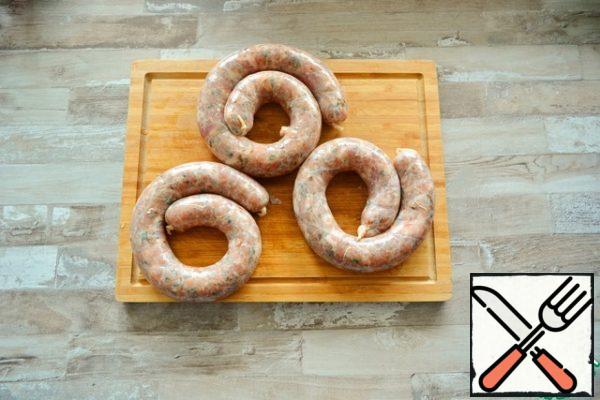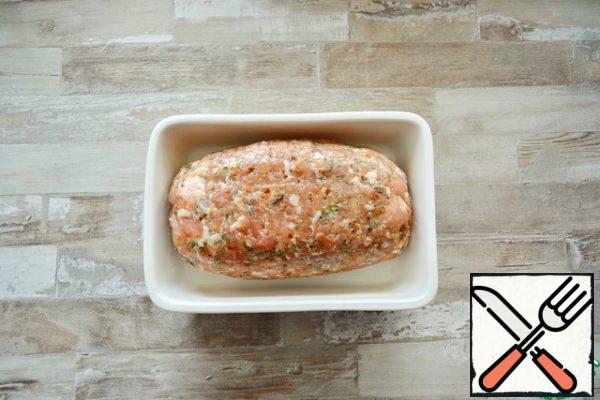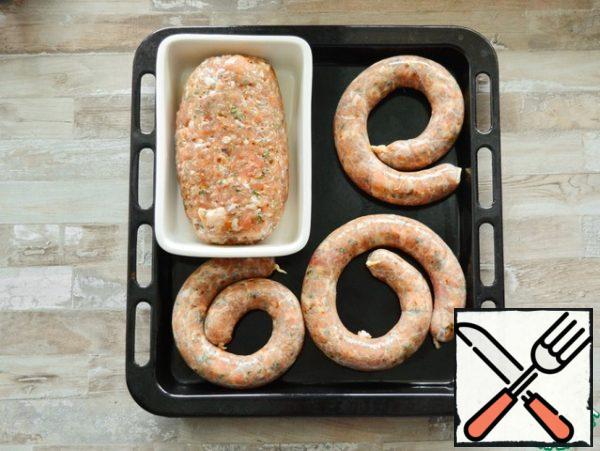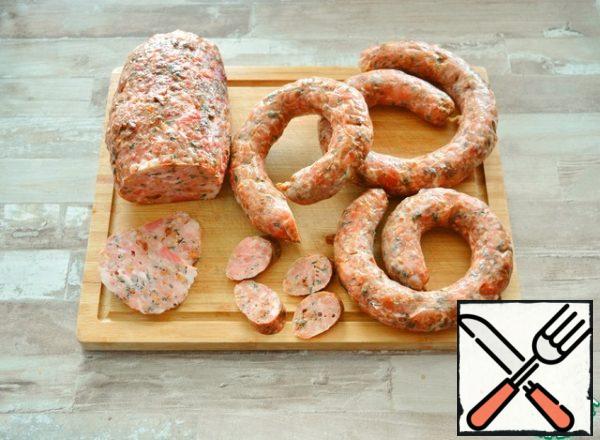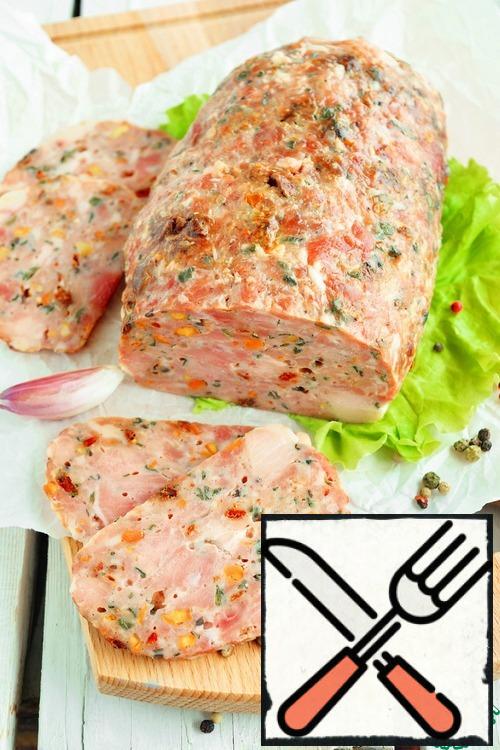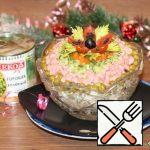| Cook Time | 90 minutes |
| Servings |
|
Ingredients
- 1,5 kg Pork with fat
- 20 gram Salt boiled
- 20 gram Salt nitrite
- 20 gram Sugar
- 200 ml Water ice
- 8 gram A mixture of spices crushed
- 8 gram Garlic powder
- 5 gram Nutmeg
- 20 gram Carrot dried
- 20 gram Dried tomatoes
- 20 gram Leek dried
Ingredients
|
Instructions
- Add a mixture of salt-sugar-spices to the mincemeat, pour in ice water and knead the mincemeat well until "white threads"appear. In the production of sausage, one of the main conditions is to observe the temperature regime when preparing sausage mince. Namely, the temperature of minced meat should not rise above 11°C. This means that it is better not to knead the minced meat with your hands, because the heat of your hands will heat it up. Minced meat is better to knead with a mixer with a "hook" attachment or a fork. If you feel that the minced meat is starting to heat up, put it in the freezer for 10 minutes and knead again.
- Add dried carrots, dried tomatoes and dried leeks to the minced meat. Note. Dried tomatoes are simply dried tomatoes in pieces. Not the ones that are dried in oil. And just dried without spices and without oil. You can replace leeks with just dried onions. Knead everything together again very well with a mixer or fork and put it in the refrigerator so that the sausage meat is ripe. The time of ripening of the meat is at least 3 hours. However, it is optimal to let the minced meat ripen for 12-24 hours. It is during this time that the sausage taste will be formed.
- Prepare any shell for packing. The intestines should be soaked in warm water for 15-20 minutes and then under a stream of water well washed from the inside of the salt. You can fill it with a special nozzle manually or with a meat grinder or sausage syringe. To do this, cut off the desired amount of intestine, put it on the nozzle, tie the end with a knot, fill it tightly with minced meat, tie the second end.
- Anticipating the question: "What to do if there is no sausage casing?". The answer is: use improvised means. If you have a ham dish, do it in the ham dish. You can form a sausage and wrap it in parchment, foil, or a baking bag. You can tamp the minced meat into any baking dish. Or do the easiest thing: form a dense oblong large "cutlet" and place it on a baking sheet, in a baking dish, or just in a frying pan. This sausage without a shell should also be given time to shrink - also put it in the refrigerator for 2-3 hours
- The next stage is the heating of the sausage. The sausage should be taken out of the refrigerator, put on a baking sheet and left at room temperature for about 1-2 hours. Also, warming can be done in the oven. If your oven can be set to a temperature of 30-35°C, then set this temperature and place the sausage in the oven for warming. This is necessary in order not to get a marriage, which is called "bouillon-fat edema"by professionals. When in the process of cooking sausage, part of the water and fat flows out of it. Accordingly, the sausage itself becomes more dry and salty.
- After warming, cook the sausage in the oven, observing the temperature regime: -The first 30-40 minutes - at a temperature of 40°C -Then 30-40 minutes - at a temperature of 50-60°C -Next, increase the temperature to 80°C and cook for about 1 hour. Do not try to speed up the process and raise the temperature as soon as possible. This is also fraught with broth edema. Therefore, be patient and gradually increase the temperature. If there is a thermometer, then check readiness for it. Inside the sausage, the temperature should reach 68-72°C, which means that the sausage is ready. If there is no thermometer, then cook at the rate of 1 minute per 1 mm of diameter (section). It is recommended to immediately cool the finished sausage either under an ice shower, or by placing it in a bowl with ice or in the freezer. After cooling, wipe the sausage from excess moisture and put it in the refrigerator for 12 hours to Mature. Do not cool the sausage without the shell under the shower, but simply put it immediately in the refrigerator for 12 hours to Mature.
- In my deep conviction, the shell for homemade sausage is not necessary. I rarely cook the sausage in the shell, except on the holiday table when you need to get a beautiful "Balchik" on the plate. Usually I form either such a "cutlet" as in this recipe, or just bake it in a ceramic form in the form of meat bread. Sausage does not make sausage shell, but nitrite salt and the right technology. And in my opinion, the sausage without the shell on the cut looks no worse than in the shell.

